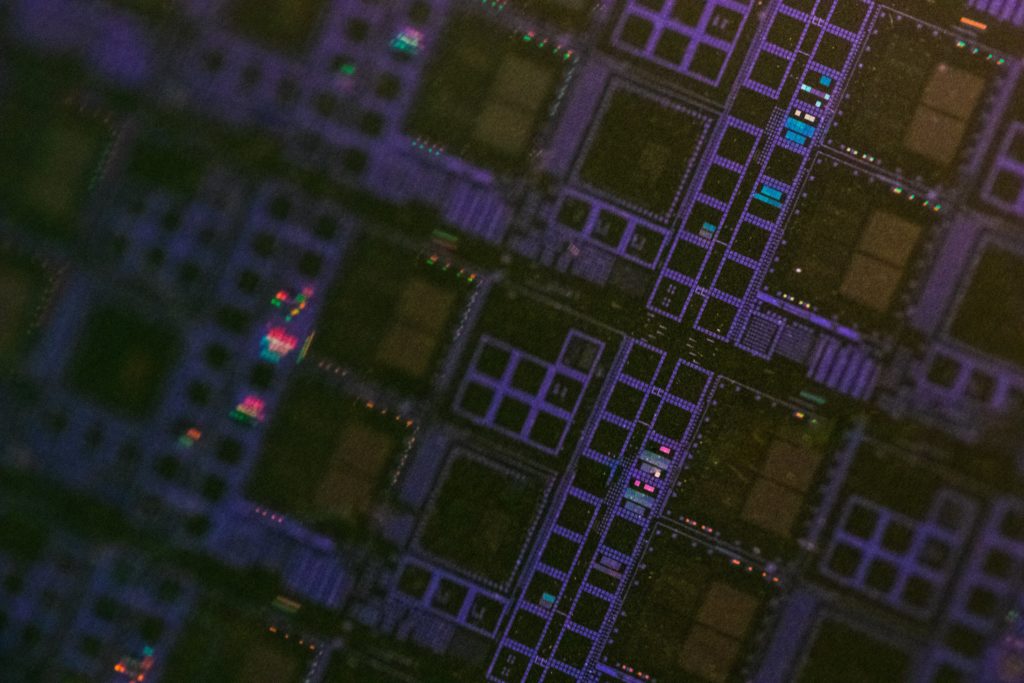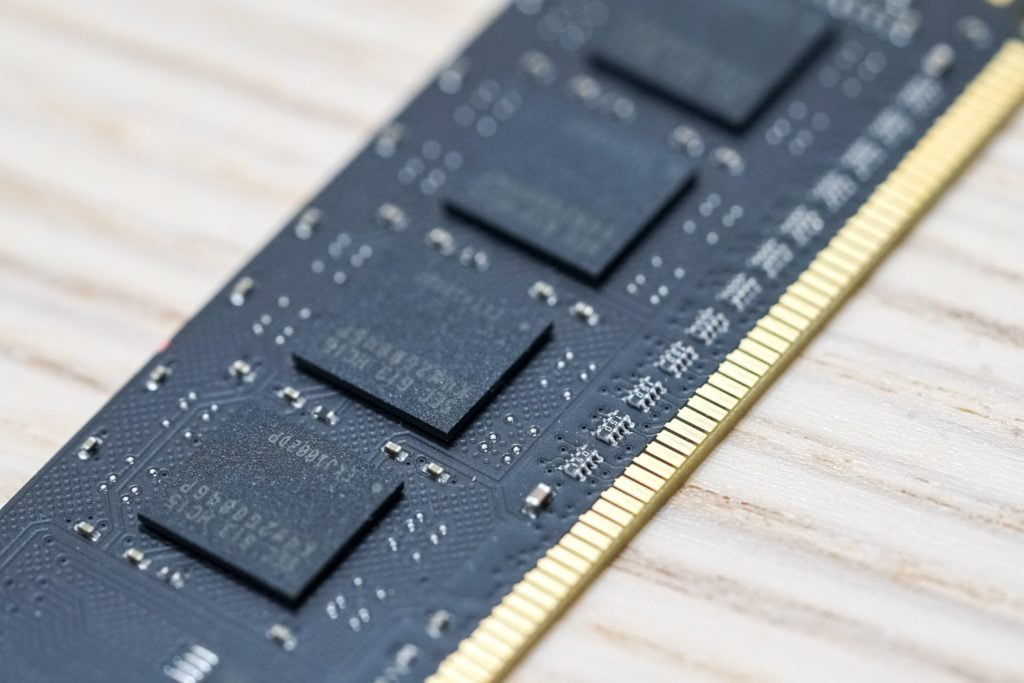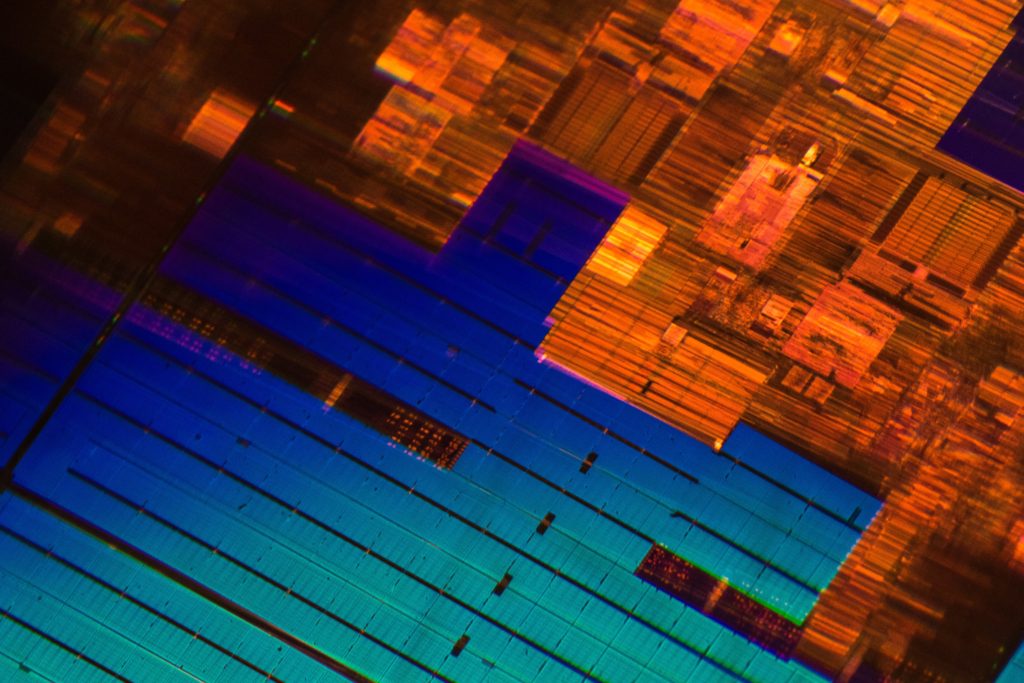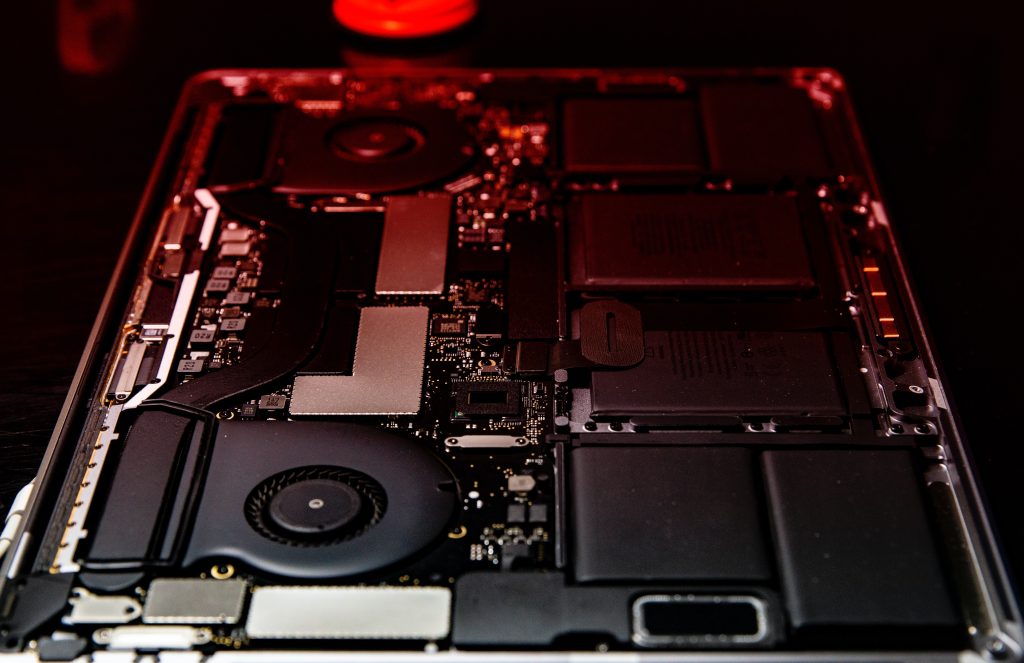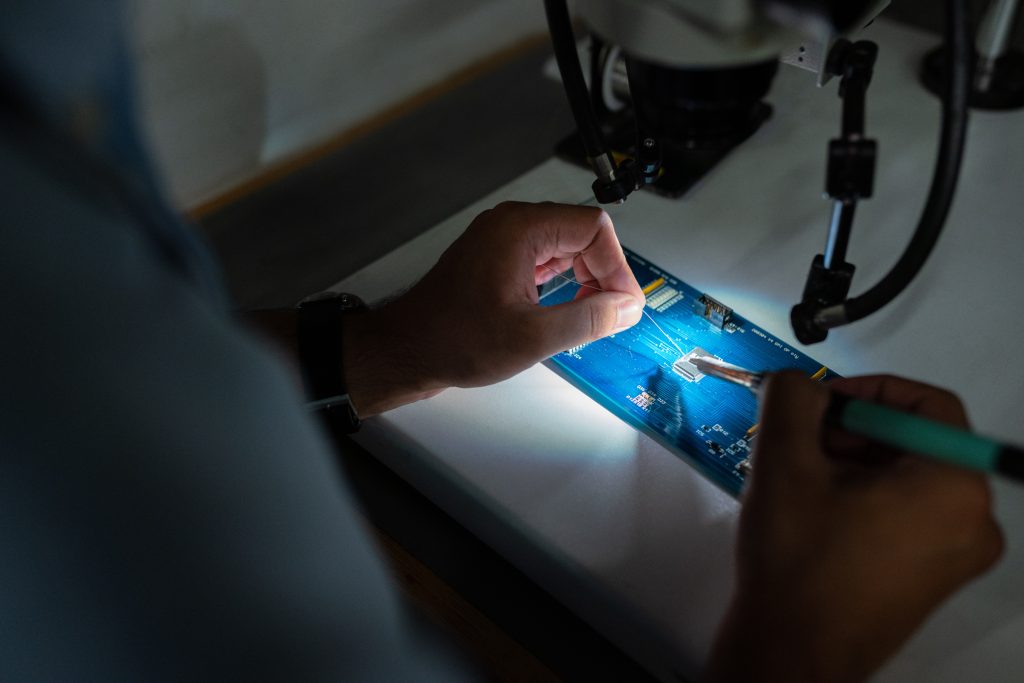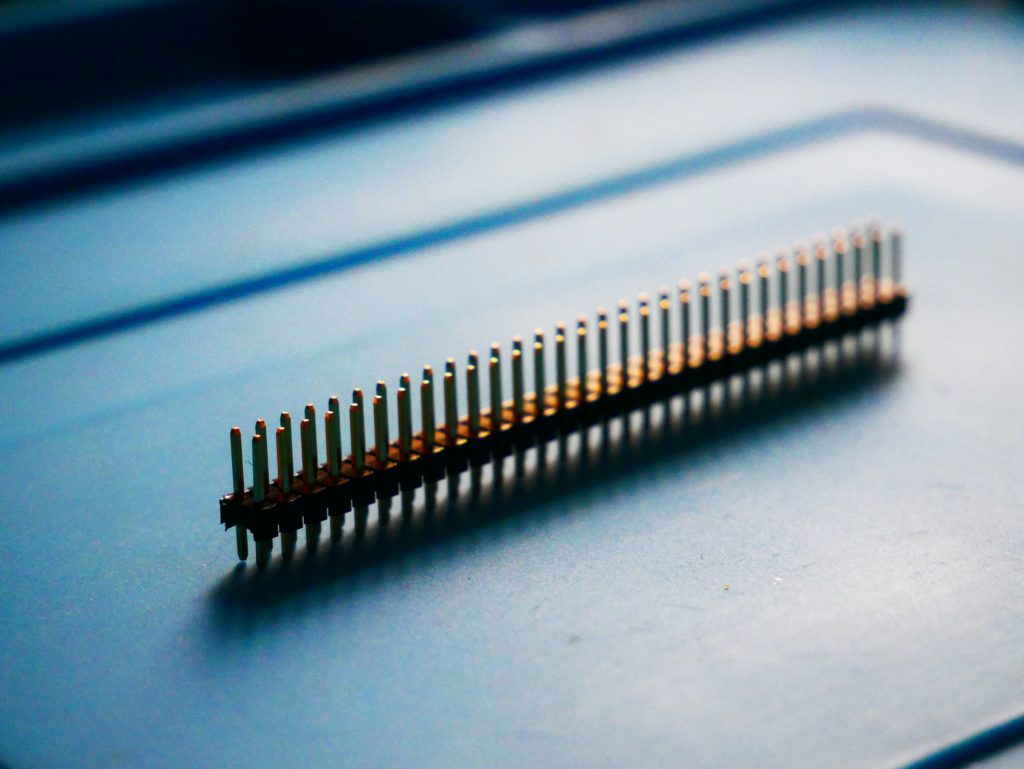Image Generated Using DALL-E
The semiconductor industry is driven not just by innovation but also by the economics of production. At the core of this economic landscape is yield – a term that might seem technical at first glance but also drives the financial realities of semiconductor manufacturing.
Understanding this economic aspects of semiconductor yield offers insights into how this industry balances the scales of cost, quality, and supply. Below are a few critical points to showcase how yield impacts semiconductor product development and the mass production phase.
Cost:
Yield is the percentage of functional devices on a silicon wafer. The yield rate is a pivotal factor in an industry where production costs are sky-high. High yields translate to more usable chips per wafer, reducing the cost per chip.
It is particularly relevant given the fixed and substantial costs of setting up and running semiconductor fabrication plants (FABs). Low yields, on the other hand, spike up the cost per functional chip, impacting business.
Quality:
Achieving and maintaining high yields necessitates substantial investments in quality control and process optimization. While demanding in the short term, these investments can yield long-term economic benefits.
Enhanced quality control measures lead to fewer defects, higher yields, and, thus, better returns on investment. This continuous cycle of investment and improvement is a hallmark of the semiconductor industry’s commitment to economic efficiency.
Pricing:
Yield rates also have a direct bearing on how companies price their products. In a market where competition is fierce, the ability to offer competitive pricing hinges on yield efficiency.
High yields allow for more aggressive pricing strategies, while lower yields might compel companies to hike prices to maintain profitability.
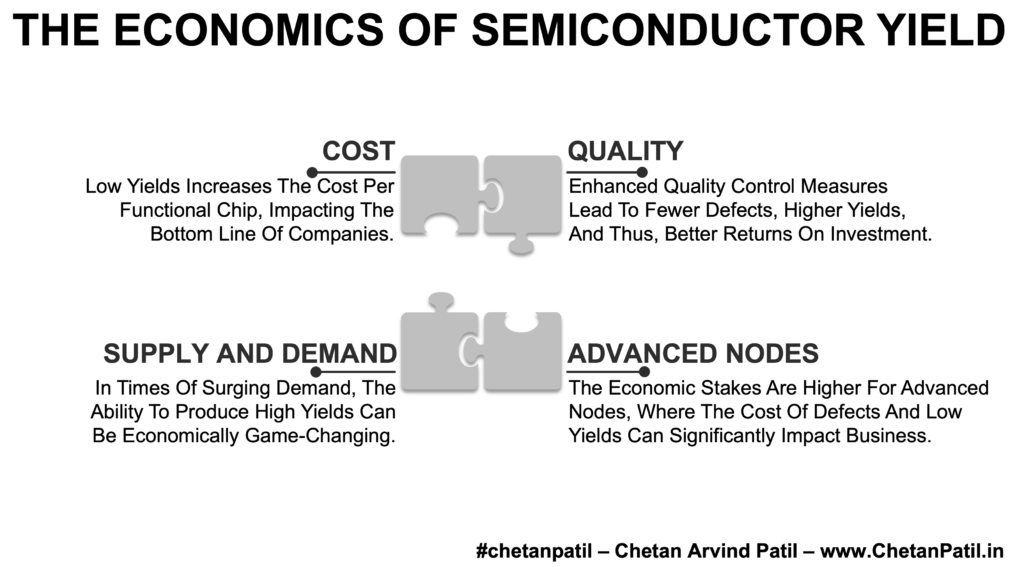
RnD:
The relentless pursuit of higher yields is a significant driver of research and development (RnD) in the semiconductor sector. RnD efforts to enhance yields involve more than incremental improvements in existing processes.
But also groundbreaking work in new manufacturing technologies and materials. This aspect of yield economics represents a substantial portion of the industry’s investment in future capabilities.
Supply And Demand:
Yield rates are not just about cost efficiency. They also play a crucial role in determining the supply of chips in the market. In times of surging demand, such as during technological booms or shortages, the ability to produce high yields can be economically game-changing.
Conversely, low yields can exacerbate supply shortages, leading to market imbalances.
Advanced Nodes:
The semiconductor industry is adopting ultra-advanced technology nodes (smaller feature sizes). The challenge of maintaining high yields becomes even more pronounced.
The economic stakes are higher in these advanced nodes, where the cost of defects and low yields can be significantly more impactful.
In conclusion, the journey through the economics of semiconductor yield unveils complicated factors that drive one of the most technologically advanced industries in the world. Yield is not just a measure of production efficiency. It is a crucial economic lever that shapes pricing strategies, drives technological innovation, and dictates market supply and demand.
As the semiconductor industry continues to evolve amidst rapidly changing technological landscapes and shifting market demands, understanding and optimizing yield remains a key to unlocking economic success and sustainability. This exploration underscores the profound impact that a seemingly technical metric can have on the broader economic and environmental landscape of semiconductor manufacturing. Thus also opening avenues for future students and professionals to learn and explore careers around them.

